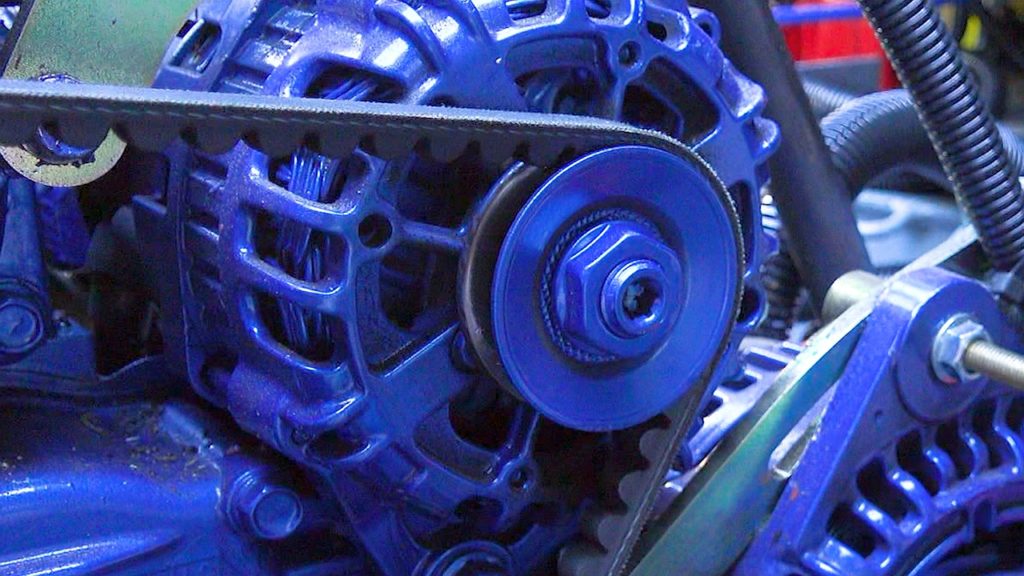Where do I start....
This guy is assuming you have the alternator directly connected to the LiFePO4 battery, as you might do with a lead acid battery.
That would only be done by someone that knew nothing about charging lithium batteries (AKA - an idiot).
Connecting an alternator directly to a lithium battery is not safe, I agree, as the battery will pull every amp out of the battery that it can get, which will likely overheat the alternator and result in a catastrophic failure.
However... that is not what we are talking about here.
If you use something like a Victron Orion XS, which has been designed specifically to charge lithium batteries from an alternator, it is a completely different ball game.
With this specific unit you can configure the settings to limit the maximum current draw, which means that you can safely charge your lithium battery without fear of overheating or blowing up your alternator.
This particular type of DC/DC charger is no more dangerous than using a MPPT charge controller when it comes to charging lithium batteries. They both work in very similar ways.
Previous DC/DC chargers, like the Orion TR 12/12, were not overly efficient, but they were still alternator safe, because they too could limit the maximum allowed power draw. However, because they were only about 80% efficient, they got pretty damn hot when in use, which did concern some people. You definitely needed to factor this heat production into your design layout, so that you did not create a dangerous heat buildup scenario.
Enter the XS, which is 98% efficient. The greater efficiency translates to much lower operating temperatures, making it a much better option.
What I would argue is that you should not base your opinion on what one guy on YouTube says, as it may not actually be completely true. You have to look at all the facts, not just some of them in isolation.
As I have said numerous times already... you are entitled to your own opinion and if you do not feel safe using a high quality DC/DC charger for your lithium batteries, then don't.
In "my opinion", you are not looking at all the facts.
I stand by my previous comment that a DC/DC charger, specifically the Victron Orion XS, would be a far better option than the wind turbine setup you are thinking of using.
But it's your truck, so you should do whatever you feel comfortable with.

EDIT...
@Decanter was obviously reading my mind while I was writing my reply.








